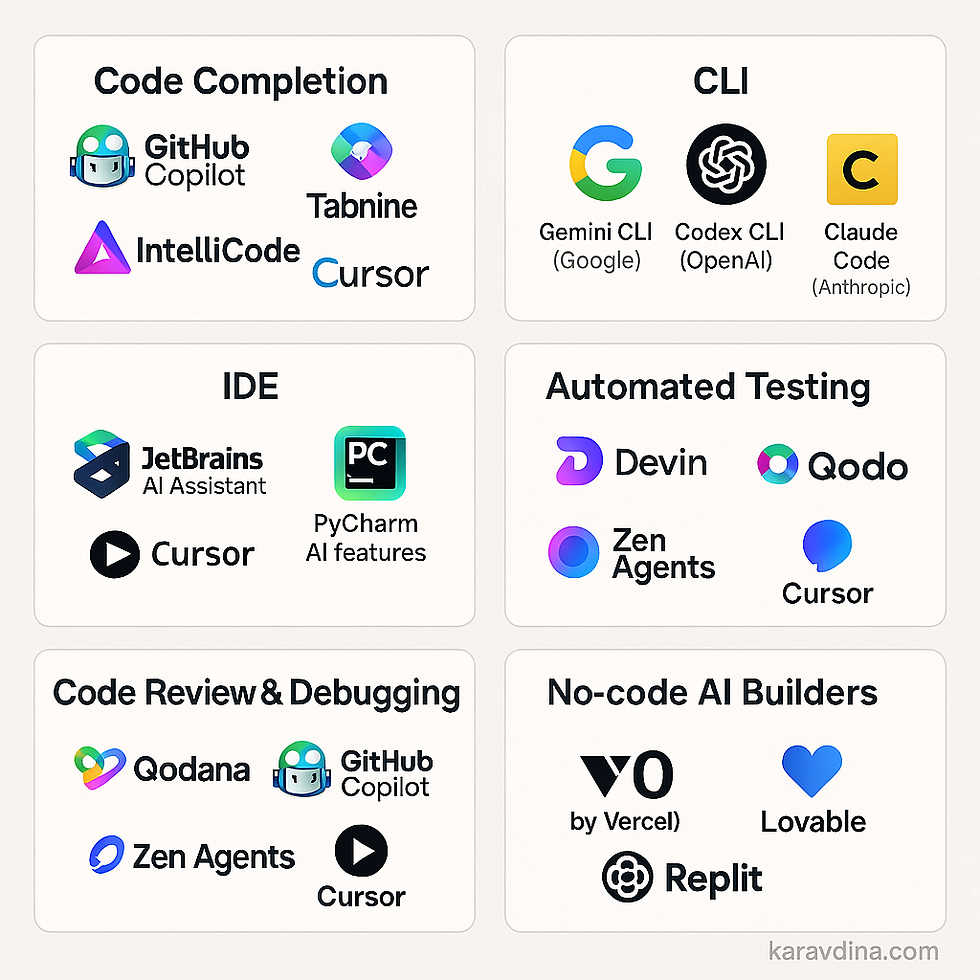Little edits, big gains—augment your way to NLP fame
- Anastasia Karavdina
- Dec 28, 2024
- 3 min read

When working with natural language processing (NLP) tasks, having enough training data is often a big challenge. Data augmentation helps by creating new, slightly different versions of your existing text. This way, you can boost your dataset size without needing extra manual labeling. A larger, more varied dataset helps your model learn better, making it less likely to get stuck (overfit) on just a few examples and improving its ability to handle different types of input.
Below are some of the most common and useful text data augmentation techniques:
1. Synonym Replacement
In this technique, you pick certain words—often nouns, verbs, adjectives, or adverbs—and replace them with synonyms. For example, the sentence: “The cat quickly jumped over the lazy dog.” could become:
“The cat rapidly jumped over the idle dog.”
This teaches the model that words with similar meanings can appear in different forms, helping it understand language more broadly. Just be careful to choose synonyms that fit well in the sentence.
2. Word Deletion
Instead of adding or changing words, you remove some words to create new versions. For example:
“The cat quickly jumped over the lazy dog.”
might become:
“The cat jumped over the lazy dog.”
This helps the model deal with missing or incomplete information. Still, it’s important to remove words thoughtfully. Don’t cut out essential words that change the entire meaning of a sentence.
3. Word Position Swapping (Shuffling)
You can also change the order of words. For example:
“The cat quickly jumped over the lazy dog.”
could become:
“Quickly the cat jumped over the lazy dog.”
While the new sentence might sound odd, it shows the model that the overall meaning can remain similar even if word order changes. However, going too far can make sentences nonsensical.
4. Sentence Shuffling
For longer texts with multiple sentences, you can shuffle entire sentences around. This helps the model focus on the main topic or theme rather than the exact sentence order. It’s ideal for tasks like document classification. Just avoid this if the sentence order carries critical meaning (like a story with a clear timeline).
5. Noise Injection
This involves adding small “errors” to the text, such as typos, extra characters, or random deletions. For example:
“The cat quickkly jumped over the lazy dog.”
Typo: “quickkly” instead of “quickly.”
This makes the model more robust when dealing with real-world inputs, which often contain spelling mistakes.
6. Back Translation
Back translation uses machine translation. You translate a sentence into another language and then translate it back. The sentence might come back slightly changed. For example, translating English → German → English might turn:“
The cat quickly jumped over the lazy dog.”
into
“The cat jumped quickly over the lazy dog.”
These subtle changes help create more varied training examples.
7. Using Large Language Models (LLMs)
Tools like GPT can generate new text samples or rewrite existing sentences in many different ways. By giving the model a prompt to “rewrite” or “expand” a sentence, you can quickly produce new training data. This is especially helpful if you have a very small, specialized dataset.
Data augmentation creates more training examples without extra manual labeling. By using techniques like synonym replacement, word deletion, word shuffling, sentence shuffling, noise injection, back translation, or even LLM-based generation, you give your model richer and more varied input. This leads to better performance, especially on smaller or more specialized tasks.



Comments